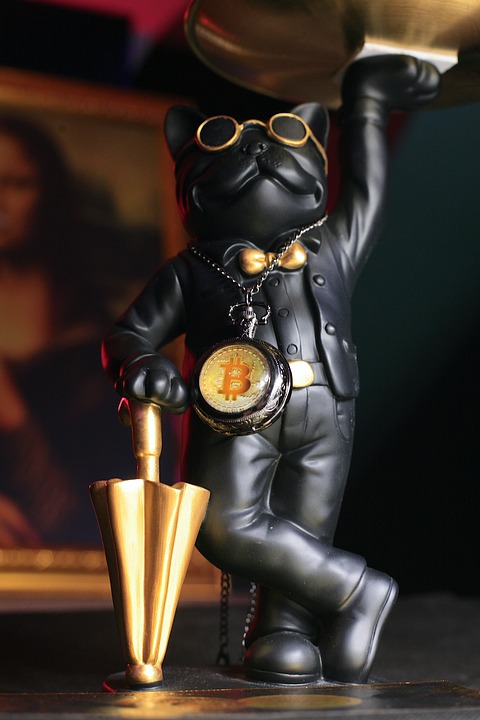Introduction
As we advance into an increasingly digital and interconnected society, the convergence of Smart Contracts and the Internet of Things (IoT) represents a transformative paradigm in how we conduct transactions. The marriage of these two cutting-edge technologies is poised to redefine the landscape of automated transactions, fundamentally impacting industries ranging from finance and supply chain management to home automation and healthcare. This article explores the fundamentals of smart contracts, the IoT ecosystem, and how their integration can facilitate seamless, secure, and efficient transactions in a connected world.
Understanding Smart Contracts
Smart contracts are self-executing contracts with the terms of the agreement directly written into code. Operated on blockchain technology, they automate and enforce contract execution without the need for intermediaries. This eliminates inefficiencies, reduces costs, and enhances trust among parties. These digital contracts operate on decentralized networks, ensuring that once conditions are met, the contract automatically executes actions, such as transferring assets or triggering notifications.
Key Features of Smart Contracts:
- Automation: They facilitate automatic execution of agreements, minimizing human intervention.
- Transparency: The blockchain ledger ensures that all transactions are visible, protecting against fraud.
- Security: Smart contracts are encrypted, making them nearly tamper-proof.
- Cost Efficiency: By eliminating middlemen, costs associated with contract execution and enforcement can be significantly reduced.
The Internet of Things (IoT)
The Internet of Things refers to the network of physical devices—vehicles, appliances, wearables, sensors, and other items—embedded with software and sensors, enabling them to connect and exchange data over the internet. IoT devices continuously collect, transmit, and analyze data, generating insights that can inform decisions and automate processes.
Applications of IoT:
- Smart Homes: Devices like smart thermostats and security systems can monitor and respond to user preferences and behaviors.
- Industrial IoT (IIoT): Sensors in manufacturing equipment can predict maintenance needs, reducing downtime.
- Healthcare: Wearable devices can track patients’ vital signs and alert healthcare providers in real-time.
The Synergy of Smart Contracts and IoT
The integration of smart contracts with IoT creates a powerful ecosystem where devices can execute transactions autonomously, leading to more efficient operations. Here are several key areas where this synergy is making an impact:
1. Supply Chain Management
In supply chains, smart contracts can automate processes such as order fulfillment, inventory management, and payment systems. For example, once a shipment is delivered, a smart contract can automatically release payment to the supplier based on predefined conditions, reducing delays and manual verification.
2. Smart Homes
In smart homes, devices can be programmed to interact with each other via smart contracts. For instance, a thermostat can execute a smart contract that adjusts the temperature based on the homeowner’s preferences detected by wearable devices. If the house is empty, the system may automatically reduce energy consumption, leading to cost savings.
3. Automotive Industry
Connected vehicles can utilize smart contracts for various functionalities, such as automated insurance claims and toll payments. A vehicle equipped with IoT devices can report its usage data to an insurance provider, automatically triggering a smart contract that pays the insurance premium based on driving behavior and mileage.
4. Healthcare
In the healthcare sector, smart contracts can manage patient data and automate billing processes. For example, IoT-enabled medical devices can continuously monitor a patient’s health and, upon detecting a critical condition, execute a smart contract to alert medical personnel and initiate the required actions without delays.
5. Energy Management
Smart grids can utilize IoT and smart contracts to facilitate decentralized energy trading. Homeowners with solar panels can sell excess energy back to the grid through self-executing contracts, ensuring transparent and efficient transactions.
Challenges and Considerations
Despite the promising potential of smart contracts and IoT, several challenges need to be addressed:
- Interoperability: With various IoT devices and platforms, achieving seamless integration remains a key challenge.
- Scalability: The volume of data generated by IoT devices can overwhelm existing blockchain networks, requiring innovative solutions.
- Security Risks: While smart contracts provide enhanced security, vulnerabilities in IoT devices can expose systems to risks, necessitating robust security measures.
- Regulatory Compliance: Developing frameworks that govern the use of smart contracts in conjunction with IoT devices is essential for widespread adoption.
Conclusion
The integration of smart contracts and the Internet of Things represents a significant leap toward a more automated and efficient transactional ecosystem. By enabling devices to execute decisions and actions autonomously, this synergy offers vast potential for innovation across industries. As we continue to explore the possibilities and tackle existing challenges, the future of automated transactions in this connected world seems not only promising but inevitable. Embracing these technologies will pave the way for smarter, more responsible, and efficient systems that enhance our daily lives and drive economic growth.




![Power Couple of Crypto: What the [Altcoin Name] Partnership Means for Blockchain Adoption Power Couple of Crypto: What the [Altcoin Name] Partnership Means for Blockchain Adoption](https://realcryptotrends.com/wp-content/uploads/2024/09/ethereum-6286124_960_720-150x150.jpg)
